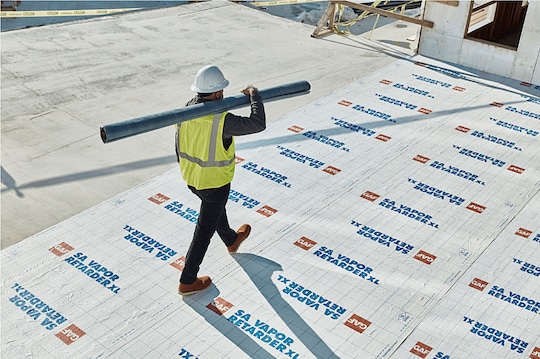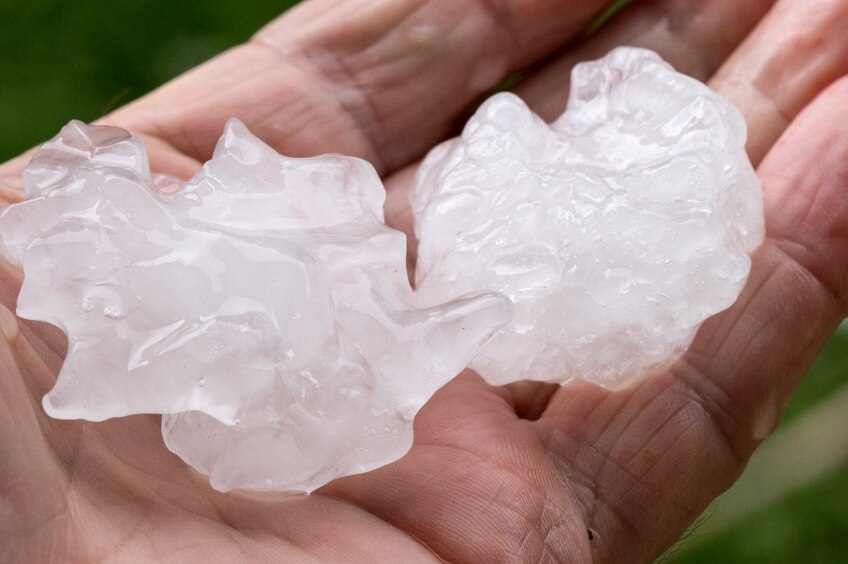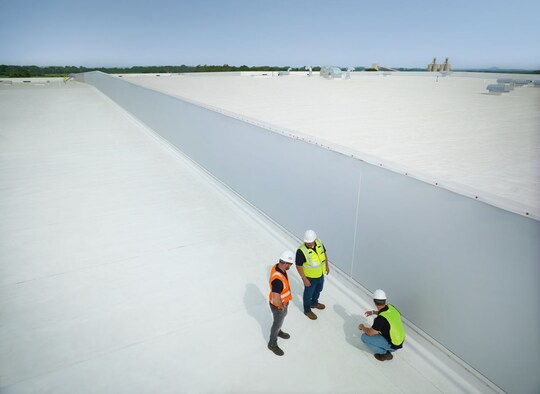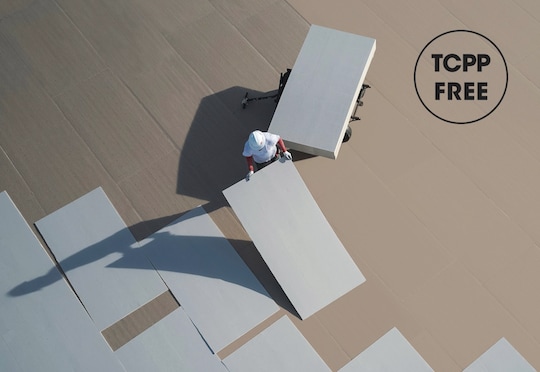
Up to 25% of the United States experiences large hail episodes—and when they do, hail can cause severe damage to roofs and the HVAC equipment stored there. Hailstorms account for 70% of the average annual property losses from severe convective storms in the US. Building owners can protect their buildings and equipment by designing their buildings and roofs to withstand the damage caused by large hailstones.
FM Global, an insurance company that specializes in loss prevention and testing, provides a standard for testing and approving assemblies that provide greater hail resistance. Building owners and designers often rely on FM Global's resources to specify desired roofing assemblies and construction methods. These resources include RoofNav assemblies from FM Approvals as well as loss prevention data sheets and Approvals Standards. Well-maintained roofs that meet FM's hail testing and approval requirements are better equipped to protect buildings from hail and water damage that occurs during storms.
Assessing Risks from Hail Roof Damage
Hail can cause physical damage to a building's roof and the equipment stored there, including dents, cracking, mineral loss on modified bitumen sheets, and compound delamination. Older roofs or those in poor condition may be more susceptible to damage from hail. Roof equipment, including cooling fins and condenser coils, can also be damaged from falling hail. Skylights are subject to hail punctures, which are the main cause of water damage to buildings and their contents.
In the US, the most severe hail generally occurs in the Midwest and central contiguous states. According to FM, very severe hail can be found in the region from North Dakota to Texas and Colorado to Missouri. Roofs, roof assemblies, and equipment in this region should be designed to meet FM's specific hail requirements to better withstand hail roof damage.
Defining Very Severe Hail
FM Approvals has recognized three classes of hail: moderate, severe, and very severe.
Moderate hail (MH) is less than 1.75 inches in diameter, which is about the size of a cherry. Severe hail (SH) is 1.75 inches to 2 inches in diameter, similar in size to a golf ball. Very severe hail (VSH) is 2 inches or greater in diameter, similar in size to a billiard ball (or larger).
FM's Very Severe Hail (VSH) certification was added in 2016 based on data from the National Oceanic and Atmospheric Administration's National Weather Service and National Center for Environmental Protection's Storm Prediction Center. This data showed a concentration of reports of hail larger than 2 inches in diameter in the very severe hail region.
Passing a Very Severe Hail Test
FM tests assemblies in accordance with FM 4470:
- To test an assembly for moderate hail, a 2-inch-diameter steel ball weighing 1.19 pounds is dropped from 81 inches above the assembly. Two samples, unweathered and weathered, are tested 10 times each. This test provides an impact energy of 8 foot-pounds.
- Testing for severe hail, the same 2-inch-diameter steel ball is dropped from a height of 141.5 inches above the assembly. This test provides an impact energy of 14 foot-pounds.
- When testing whether a roof assembly can withstand very severe hail, a 2-inch-diameter preformed ice ball is launched at the assembly using compressed air. Three samples are used in this test: one unconditioned, one UV weathered, and the third UV weathered and heat aged for 42 days prior to testing. This test provides an impact energy of between 53 and 58 foot-pounds.
After the test is performed, the roof assembly is inspected for dents, cracking, and delamination. Assemblies that pass the test are certified as meeting the FM criteria. You can find an online database of VSH-rated roofing assemblies here; GAF has over 1600 single ply VSH-listed assemblies.
The FM standard recommends that building owners inspect their roofs on a regular basis and repair deficiencies; the standard also advises replacing roofs where deficiencies cover a large area or when the roof is nearing the end of its useful life. An owner should also inspect heat and smoke vents and skylights for cracking, yellowing or discoloration, cloudiness, or other indications of damage due to weathering and aging. Skylights showing damage should be replaced as needed, and hail guards on HVAC equipment require inspections to ensure they are in place and free of damage.
For more information about GAF and very severe hail, contact your local commercial roofing contractor or complete our very severe hail contact form.



